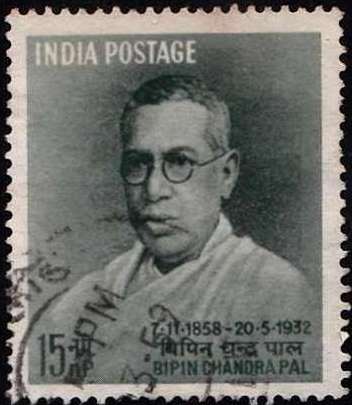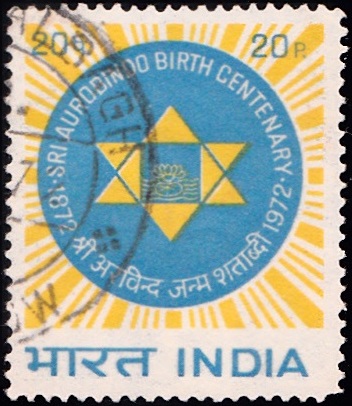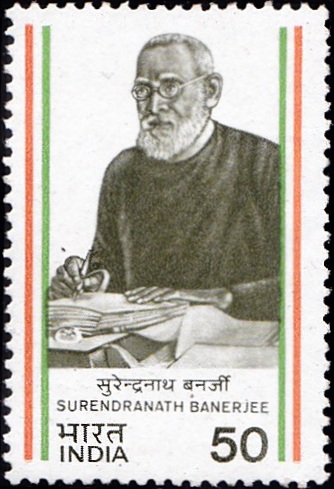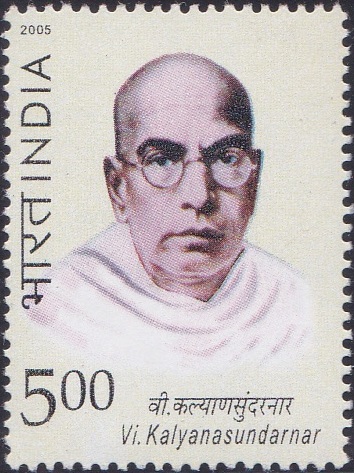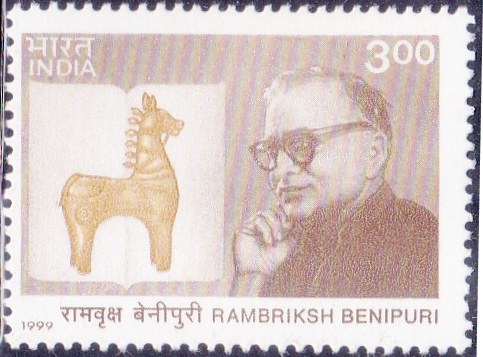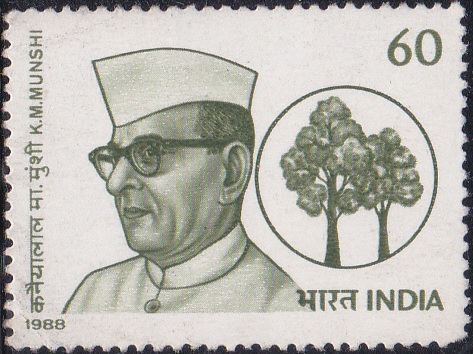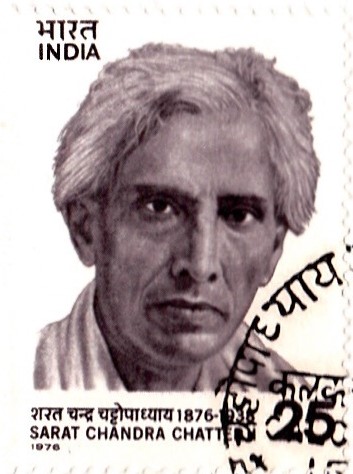
Sarat Chandra Chatterji
A commemorative postage stamp on the Birth Centenary of Saratchandra Chatterjee (pen-name Anila Devi), an Indian Bengali novelist and short story writer :
 Issued by India
Issued by India
Issued on Sep 15, 1976
Issued for : The Posts and Telegraphs Department feels privileged to bring out a special postage stamp in honour of this great son of India.
Type : Stamp, Postal Used
Colour : Plum
Denomination : 25 Paise
Overall Size : 3.91 X 2.90 cms.
Printing Size : 3.56 X 2.54 cms.
Perforation : 13 x 13
Watermark : Printed on unwatermarked adhesive stamp paper
Number Printed : 30,00,000
Number per issue sheet : 35
Printing Process : Photogravure
Designed and Printed at : India Security Press
Name : Sarat Chandra Chattopadhyay
Born on Sep 15, 1876 at Debanandapur, Hooghly, Bengal Presidency, British India [now in West Bengal]
Died on Jan 16, 1938 at Calcutta, Bengal Presidency, British India [now Kolkata, West Bengal]
About :
- Sarat Chandra Chatterji, one of the greatest writers India has produced, was born on September 15, 1876 at Debanandapur in Hooghly district. He spent his boyhood and youth at Bhagalpur. Sarat Chandra passed the Entrance Examination in 1894 but could not appear at the next higher examination as he could not pay the examination fees. For a while he wandered in the guise of a ‘Sanyasi‘. In 1903 he went to Burma where he secured the job of a clerk in the office of the Examiner of Accounts.
- Sarat Chandra had begun to write when he was barely 18 but his earliest works were lost to oblivion. Some of his early works that survived and brought him fame later were first published in a manuscript magazine, “Alo“ (re-named “Chhaya“). One of his early works ‘Baradidi‘ which was serialised in a leading magazine, “Bharati“ became immensely popular. The story ‘Ramer Sumati‘ which he wrote from Rangoon created a sensation and readers in Bengal realised that they had a new literary genius in their midst.
- When Sarat Chandra‘s reputation as a writer got firmly established in Bengal, his friends urged him to resign his job at Rangoon and adopt literature as a profession. He returned to Calcutta, a novelist by profession. After living in Baje–Shibpur, Sarat Chandra Chatterji moved to Samta Ber in Howrah district where he lived in peace and security. His long struggle with poverty was over and he was back amongst his own people. There was a ceaseless flow of stories and novels from his pen.
- Sarat Chandra Chatterji became one of the most distinguished writers of India. Some of his great works are ‘Palli Samaj‘, ‘Charitraheen‘, ‘Shesh Prashna‘, ‘Pather Dabi‘, ‘Debadas‘ and ‘Shrikanta‘ in four parts. Many of his works have been translated into various languages. He poured into his novels and stories the varied experience he had gathered in different parts of India and Burma. The most remarkable qualities of Sarat Chandra‘s art are directness and a sense of intimacy. His descriptions of rural life, of human joy and suffering appear to have been drawn from first-hand knowledge. He excelled in depiction of the plight of the downtrodden and the intricate feelings and emotions of the women folk. The language of his novels is sweet, lucid and appealing to human heart.
- Apart from his literary work, the contribution of Sarat Chandra Chatterji to society at large was no small achievement. He extended his sympathy and help to the suffering masses, to their needs and wants. He joined the ‘Swaraj Movement’ of the Indian National Congress, but at the same time he had full sympathy for the revolutionaries.
- Sarat Chandra Chatterji passed away on January 16, 1938 after a prolonged illness, deeply mourned by his countrymen.


